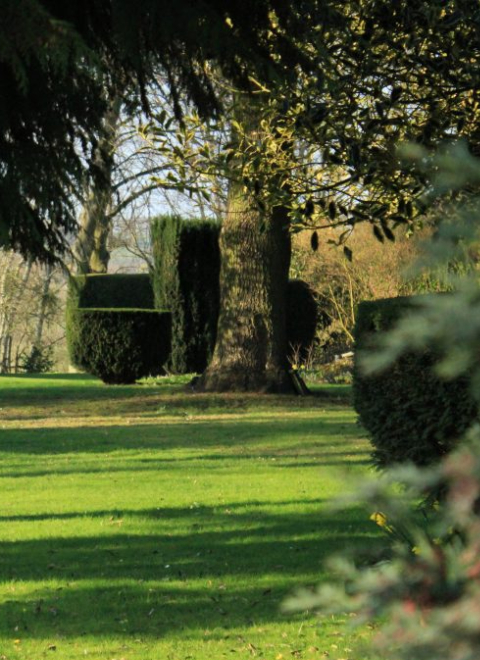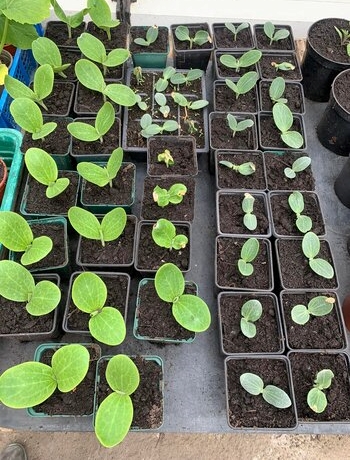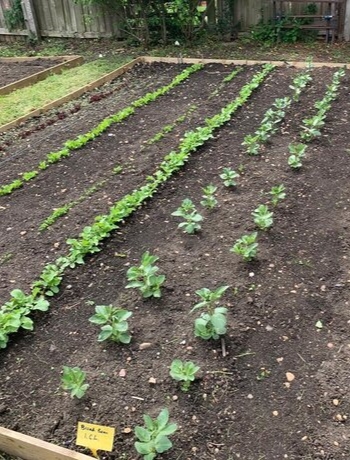Holland House has three acres of beautiful well maintained gardens sloping down to the River Avon. With many quiet spaces and private spots for relaxation and reflection there is much of interest to be found in the garden which is naturally divided between formal and natural areas.
Formal areas of the garden include well maintained lawns, one of which is often used for croquet during the summer months and deep colourful borders planted in the original Georgian style. A recently redesigned rose garden dedicated to The Friends of Holland House contains 120 roses and is under-planted with natural annuals such as fox-glove, nigella and verbascum, the beds being bordered by lavenda, box and alchemilla mollis. This beautiful garden is at its best during June and July and can be found opposite the Chapel behind an historic yew hedge that has unusual ‘windows’ cut into it to let in light.
Just outside the Reception entrance there is a remarkable sunken garden now filled with culinary and medicinal herbs. This is in the Sir Edwin Lutyens style and is reputed to have been designed by him. Sir Edwin is described as “surely the greatest British architect of the twentieth (or of any other) century”, and went on to design the Cenotaph in Whitehall, London, and the city of New Deli in India.




Our garden is home to many interesting species of plants and animals, including a descendant of the pre-historic Ginkgo tree and Wollemi Pine. There is also a mature Walnut tree and Atlantic and Lebanon cedars. Down by the river you may spot Kingfishers or the white-legged Damselfly (platycnemis pennipes) and also hear Green and Greater Spotted Woodpeckers. In the evening Tawny Owls can also be seen around the gardens.
Dr Paul Smith, Professor of Botany, completed a natural history of our gardens and said that “such houses have a vital role to play in the future conservation of wildlife”. At Holland House we take this responsibility seriously.
We have our own large kitchen garden which is situated behind the greenhouse which you are welcome to explore. We grow a variety of vegetables and soft fruit, including fresh figs, raspberries and blackcurrants which supply our kitchen.


